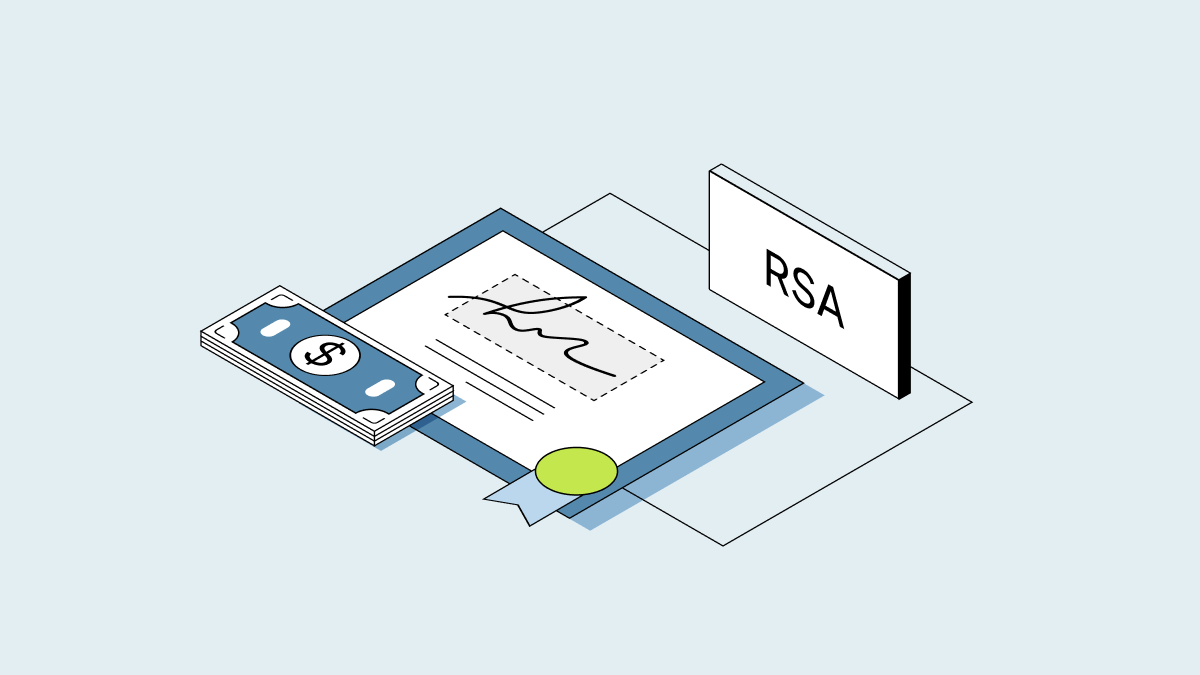Public companies are legally required to disclose certain information to the public. But private companies are under no such obligation regarding their operations or financial data. To understand the financial health of a private company, you’ll have to rely on other business valuation methods.
One of several methodologies to calculate a private company’s value is the guideline public company valuation method (also known as the GPC method or GPCM). In this article, we’ll explain what the GPCM is and how it works.
What is the guideline public company method?
The guideline public company valuation method (GPCM) is a relative valuation methodology that uses the prices of comparable public companies to value a private company.
The GPCM is most useful when the portfolio company has significant financials, but hasn’t had a recent round of financing. It’s best for valuing private companies that have closed a round more than 12–18 months prior and is typically used by investors to gain an understanding of the company's fair value.
GPCM vs. other methods
The GPCM is often used to value revenue-generating companies given its simplicity, accessibility of market data, and limited assumptions as opposed to more complex models such as the discounted cash flow (DCF) model or the guideline company transactions method (GCTM).
The DCF model forecasts a company’s free cash flows into the future and discounts those cash flows to the present value. The GCTM uses relative multiples to determine a company value—similar to the GPCM. However, using the GCTM is subject to the availability of transactions data in the market, which may be unavailable or irrelevant based on the timing of comparable transactions and the market conditions at that time.
How does the GPC valuation method work?
Simply comparing one company’s enterprise value (the sum of equity value and net debt) or revenue to that of another company isn’t always possible because both will vary with scale. Accounting ratios are usually more representative. Some accounting ratios used for GPC valuations include:
-
EV/Revenue: Enterprise value-to-sales is calculated by taking a company’s enterprise value and dividing by its revenue for a specific period of time. Typically the historical period used is “trailing twelve month” (TTM), which means revenue over the past consecutive 12-month period.
-
P/E: First, calculate earnings-per-share, by taking a company’s net income and dividing by its average number of outstanding shares for a specific period of time. Then, divide the company's share price by the earnings-per-share to conclude a P/E multiple.
The assumption with both ratios is that companies in similar industries will have similar financial performance.
Here’s how to use the GPCM to determine the value of a portfolio company:
Step one: Identify comparable companies
Identify a group of publicly traded companies that are similar to the private company you want to value. You can do this by looking at factors such as industry, size, growth potential, and risk profile.
Step two: Make adjustments
Because portfolio companies are private, smaller, and less marketable than the publicly traded comparable companies you selected, some additional factors may need to be considered when narrowing down your list of comparable companies. Below we’ll dive into each of those factors, which you can use to adjust your comps.
The stage of the private company
|
Stage of the company |
Product development |
Product or service revenue |
Management team |
|---|---|---|---|
|
1 (Pre-Seed) |
Initial stages |
None; limited expense history |
Incomplete |
|
2 ( Seed Stage) |
In progress |
None; substantive expense history |
Incomplete |
|
3 ( Series A) |
Near completion (for example, alpha and beta testing is complete) |
None or small |
Hired |
|
4 ( Series B &C) |
Key milestones have been met (for example, first customer orders or first revenue shipments) |
Some, but probably operating at a loss |
Hired |
|
5 (Series D & E) |
Strong product market fit is established |
Yes, with breakthrough financial success (operating profitably, breaking even, or positive cash flows) |
Hired |
|
Strong product-market fit is established |
Stable and/or growing positive cash flows |
Hired |
Financial characteristics of the private company
Beyond the company’s stage, financial factors to consider when making adjustments include:
-
Size (revenues, assets, etc.)
-
Profitability
-
Historical and projected growth
The risk profile of the private company
Lastly, consider how secure the private company might be based on the following potential risks:
-
Customer concentration
-
Regulatory factors
-
Liquidity
-
Geographic
-
Seasonality
-
Supplier
Although it may be difficult to quantify the above risk factors, it’s important to consider them along with other company or industry-specific risk factors when selecting market multiples.
Step three: Calculate valuation multiples
Once you’ve identified comparable companies, use their market prices (the trading price of the company’s public stock) to calculate valuation multiples. The most common valuation multiples used in the GPCM are:
-
EV/Sales: This is calculated as equity value plus net debt divided by the company’s revenue for a specific period (typically 12 months).
-
EV/EBITDA: EBITDA stands for “earnings before interest, taxes, depreciation, and amortization.” EV/EBITDA is calculated by taking EV plus net debt, divided by the company’s EBITDA for a specific period (typically 12 months).
Step four: Apply valuation multiples
The valuation multiples calculated above can then be applied to the private company’s financial information to arrive at a valuation for the company.
For example, if the concluded EV/sales multiple for comparable companies is 10x TTM revenues and the portfolio company’s TTM revenues are $1.5 million, then the concluded portfolio company value (based on EV) would be $15 million.
Similarly, if the concluded EV/EBITDA multiple is 25x TTM EBITDA, and the portfolio company’s TTM EBITDA is $750K, the enterprise value of the portfolio company would be $18.75 million.
When to use GPC valuations
The GPCM has several advantages, but it’s not the best valuation method for every private company.
GPCM advantages
-
It’s relatively simple
-
It’s easily replicated by verifying market multiples
-
It’s efficient
GPCM limitations
-
There may be subjectivity in calculating adjustments
-
Imperfect public comparables
-
It relies on the ability of a venture fund to access data
-
There may be subjectivity in forecasts for the portfolio company and the publicly traded comparables
Additionally, the GPC method works best when there are a number of comparable publicly traded companies (at least six to eight), with a similar trading range of multiples. For example, a set of comparable companies with a range of market multiples between 3x-5x TTM revenues offers a more robust indication of value than a set of comparable companies with a range of 2x-15x TTM revenues. The tighter the range of market multiples, the less variance in implied company value.



